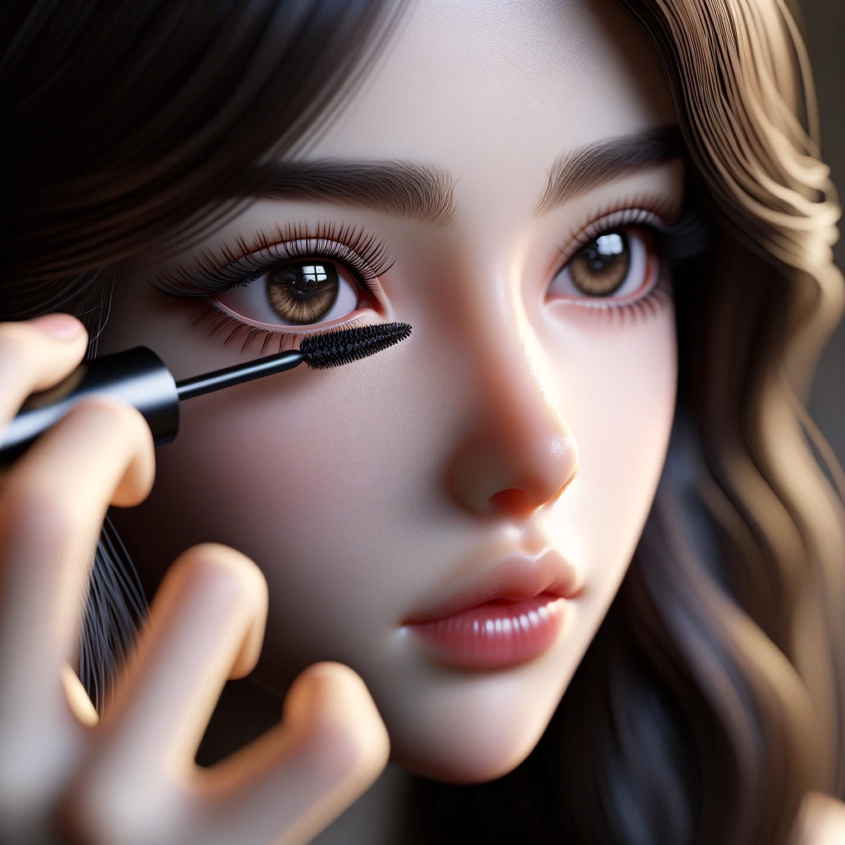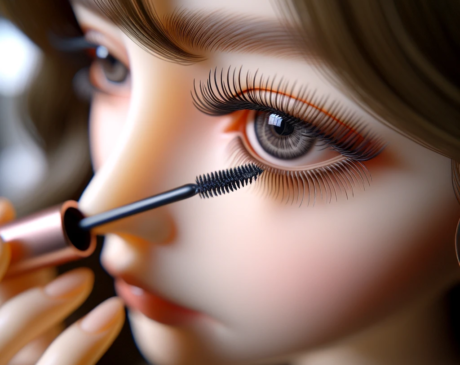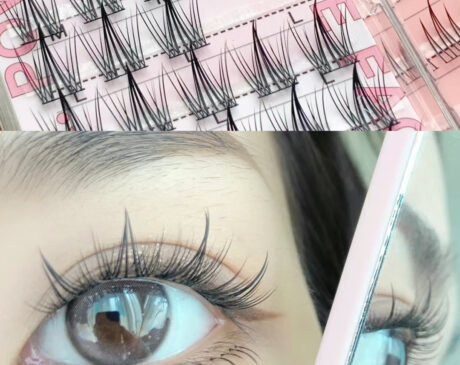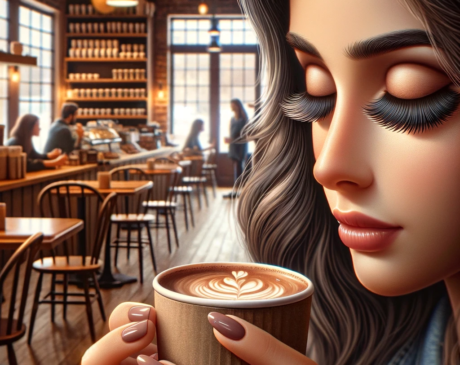Do guys like long eyelashes?

Eyelashes have long been considered a hallmark of beauty and attractiveness. Across various cultures and historical periods, they have been a focal point in defining aesthetic appeal. Eyelashes serve not only a functional role in protecting the eyes but also play a significant role in facial aesthetics. They frame the eyes, often regarded as the window to the soul, and contribute to the overall balance and symmetry of the face. In the realm of beauty and attraction, eyelashes are more than just a physical feature; they symbolize femininity, youth, and health.
The Perception of Long Eyelashes in Society
Historical View of Long Eyelashes
The cultural significance of long eyelashes can be traced back through various eras of history. In ancient civilizations, like Egypt and Rome, long eyelashes were coveted and often enhanced using natural materials to signify status and beauty. These societies believed that longer lashes not only offered protection against the elements but also held mystical powers, symbolizing purity and integrity. Throughout history, the aesthetic appeal of long eyelashes has been linked with notions of allure and seduction, making them a prominent feature in artistic representations of beauty.
Modern Beauty Standards
In modern times, the influence of media and fashion has further solidified the status of long eyelashes as a beauty standard. The advent of cinema and television, along with the rise of celebrity culture, has led to a widespread fascination with eyelash enhancements. Celebrities and fashion icons often sport voluminous, lengthy lashes, setting trends that reverberate through the beauty industry. This has led to a booming market for mascara, eyelash extensions, and other cosmetic products designed to lengthen and volumize eyelashes, underlining their continued importance in contemporary beauty ideals.
Psychological Perspective on Attraction
Role of Eyelashes in Facial Symmetry
From a scientific standpoint, eyelashes contribute significantly to facial symmetry, an attribute often linked to attractiveness. Studies have shown that symmetrical faces are generally perceived as more attractive, and eyelashes play a crucial role in creating this balance. Longer and fuller eyelashes can enhance the perceived symmetry of a face, thus elevating the attractiveness quotient. Research also suggests that eyelashes help in accentuating the contrast between the sclera and iris of the eye, making eyes appear larger and more youthful, which are traits commonly associated with beauty.
The Impact of Eye Contact in Interpersonal Relationships
Psychologically, eye contact is a powerful tool in human interaction, capable of conveying emotions and facilitating connections. Eyelashes frame the eyes and thus can significantly impact the effectiveness of eye contact. They draw attention to the eyes, enhancing expressions and making non-verbal communication more pronounced. This plays a vital role in interpersonal attraction, as eyes are often the focus during initial meetings and romantic engagements. The enhancement of the eyes through long eyelashes can, therefore, have a profound effect on personal relationships and first impressions.
Men’s Opinions on Long Eyelashes
Survey Results and Analysis
Recent surveys targeting a diverse demographic of men reveal insightful data regarding their opinions on long eyelashes. A significant majority expressed a favorable view, associating long eyelashes with femininity and attractiveness. However, it’s noteworthy that a substantial minority valued natural looks, expressing indifference or even aversion to excessively enhanced eyelashes. The data also indicated age-related trends, with younger respondents showing more acceptance towards enhanced eyelashes, likely influenced by current beauty trends and media portrayal.
Personal Preferences and Individual Differences
Anecdotal evidence further underscores the diversity in men’s preferences. Personal stories collected from various men highlight a range of opinions, from strong preferences for long, prominent eyelashes to a more subdued appreciation for a natural look. These stories often reflect individual experiences and cultural backgrounds, suggesting that personal history and societal norms play a significant role in shaping these preferences.
The Role of Makeup in Enhancing Eyelashes
Popular Eyelash Enhancement Techniques
Makeup plays a pivotal role in eyelash enhancement, with several techniques being widely used. Mascara remains the most popular method, offering an easy and temporary way to darken, lengthen, and volumize lashes. Eyelash extensions, which involve attaching synthetic or natural hair to the eyelids, have also gained popularity for their more lasting impact. Falsies, or false eyelashes, provide a dramatic effect for special occasions but require skill to apply effectively.
The Pros and Cons of Eyelash Enhancements
While these enhancements can boost confidence and aesthetic appeal, they also come with drawbacks. Health concerns such as allergic reactions, eye infections, and damage to natural eyelashes can occur, especially with improper application or hygiene. Maintenance can be time-consuming and costly, particularly for extensions that require regular professional upkeep. Aesthetically, there’s a fine line between enhancing beauty and achieving an unnatural look, which can be off-putting to some.
Sociocultural Factors Influencing Preferences
The Influence of Celebrity Trends
Celebrities often set trends in beauty standards, and eyelashes are no exception. Influential figures in entertainment and fashion frequently showcase dramatic eyelash styles, significantly impacting public preferences and the beauty industry. These trends can lead to a surge in the popularity of specific enhancement techniques and products, as seen with the increased demand for eyelash serums and growth treatments.
Regional Differences in Beauty Standards
Beauty standards, including those for eyelashes, vary considerably across cultures. In some regions, natural and understated beauty is prized, leading to a preference for minimal enhancements. In contrast, other cultures celebrate more dramatic and conspicuous beauty trends, where long and voluminous eyelashes are highly sought after. This diversity reflects the broad spectrum of aesthetic ideals around the world, influenced by historical, cultural, and social factors.
Natural vs. Enhanced Eyelashes
Perceptions of Natural Beauty
The preference for natural beauty, including the aesthetic of natural eyelashes, is a significant trend in contemporary society. This preference emphasizes the beauty of an individual’s natural features without significant alteration. Advocates for natural beauty often argue that it promotes self-acceptance, authenticity, and a break from the high-maintenance, often unrealistic standards set by the beauty industry. Natural eyelashes are perceived as a symbol of this movement, representing an individual’s innate beauty and a departure from the pressure to conform to external beauty standards.
The Debate Over Cosmetic Enhancements
Conversely, the use of cosmetic enhancements, including eyelash extensions and falsies, has sparked a broader ethical and societal debate. Proponents view these enhancements as a means of self-expression and empowerment, allowing individuals to alter their appearance as they see fit. However, critics argue that this trend perpetuates unrealistic beauty standards and can negatively impact self-esteem and body image. Ethically, the debate extends to the sustainability and safety of the products used, raising concerns about consumer health and environmental impact.
This article has explored the complex and multifaceted perspectives surrounding eyelashes in the context of beauty and attraction. From historical views and modern standards to men’s opinions and the role of makeup, it’s clear that eyelashes are more than just a physical feature; they are a cultural symbol. The contrast between natural and enhanced eyelashes underscores a broader societal dialogue about beauty standards, personal preference, and individual expression.
In conclusion, while trends and preferences will continue to evolve, the importance of eyelashes in beauty and attraction remains constant. The key takeaway is the diversity of opinions and practices, emphasizing that beauty is indeed in the eye of the beholder, and personal choice is paramount.
FAQs
- Do most men prefer natural or enhanced eyelashes? Men’s preferences vary significantly, with some expressing a fondness for natural eyelashes and others appreciating the aesthetic of enhancements. Age, cultural background, and exposure to beauty trends play a role in shaping these preferences.
- How do long eyelashes impact first impressions? Long eyelashes can enhance the perceived attractiveness of an individual, often contributing to a more youthful and vibrant appearance. They draw attention to the eyes, a focal point in human interactions, and can influence first impressions.
- Are there any risks associated with eyelash enhancements? Yes, risks such as allergic reactions, eye infections, and potential damage to natural eyelashes can occur, especially with improper application or lack of proper hygiene.
- Can eyelash preferences vary based on cultural backgrounds? Absolutely. Cultural backgrounds significantly influence beauty standards, including eyelash preferences. Different cultures have varying ideals regarding the aesthetics of eyelashes, ranging from natural to highly enhanced looks.
- How have eyelash trends evolved in recent years? Recent trends have seen a shift towards more natural looks, although the popularity of enhancements like extensions and falsies remains high. Technological advancements in beauty products have also led to the development of more sophisticated and safer enhancement techniques.



